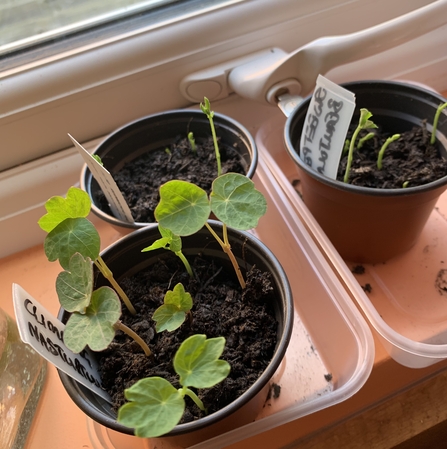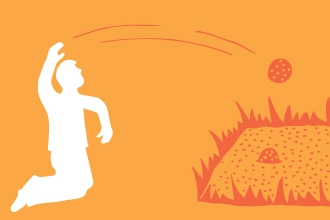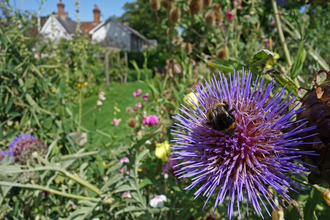In a time when supporting both the environment and the community is more important than ever, there is one simple but effective act that feeds two birds with one scone: seed and plant swapping.
Whether you’re a budding horticulturist or just getting started with outdoor planting, any spare seeds or plants you have could be of great benefit to a neighbour. The best thing of all: you'll get something in return!
Seed swapping brings purpose to seeds that would otherwise be lost or grow in undesirable places, making them a cost-effective way to increase the plant life in your garden or open space.
Seed or plant swapping also encourages a wider range of plants within a neighbourhood. Local garden centre supplies can be limited to a fairly narrow range of plants that are grown for their higher yield so swapping can be a great way to bring in greater variety, which will in turn support a wider range of insects.




